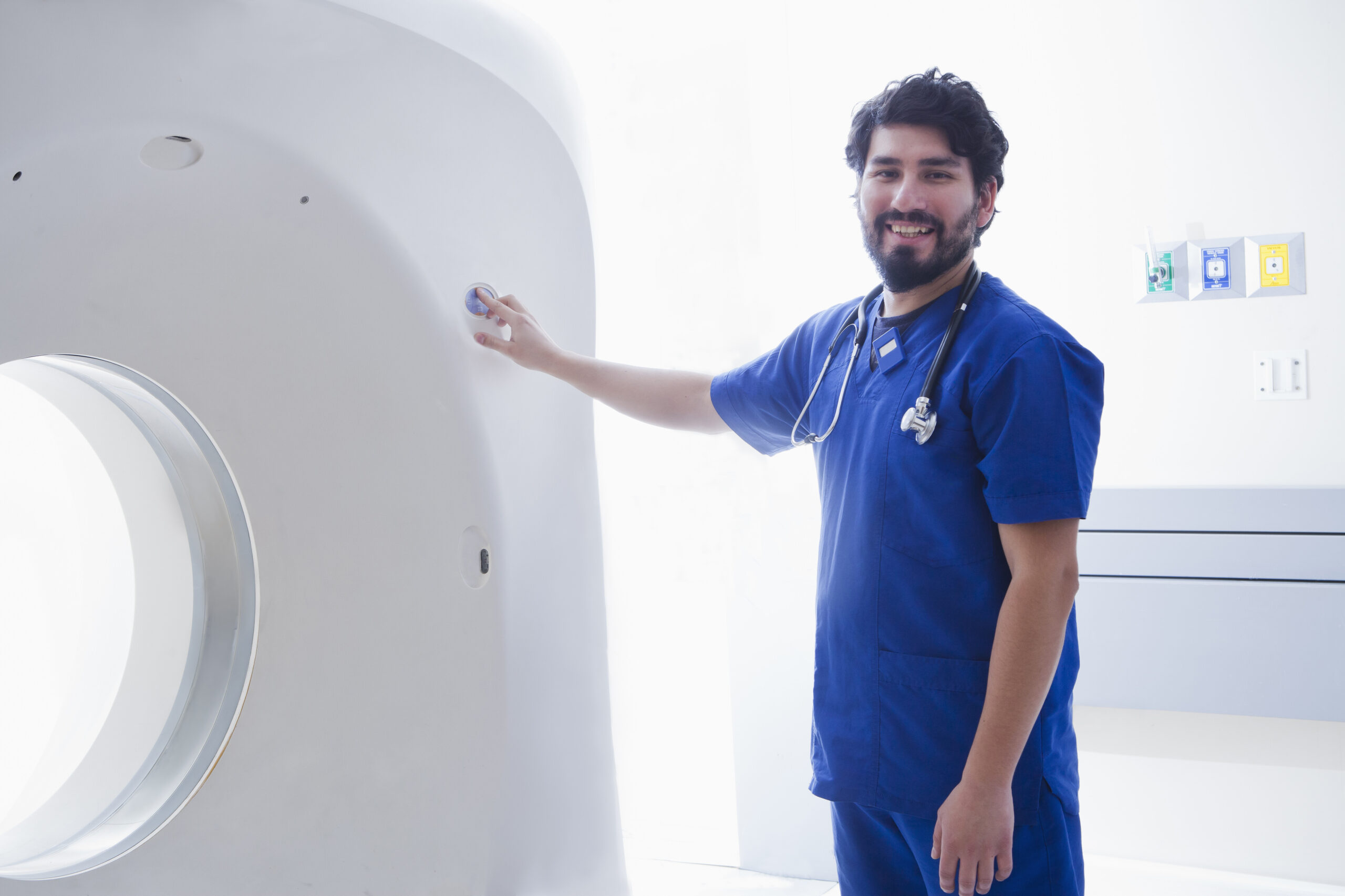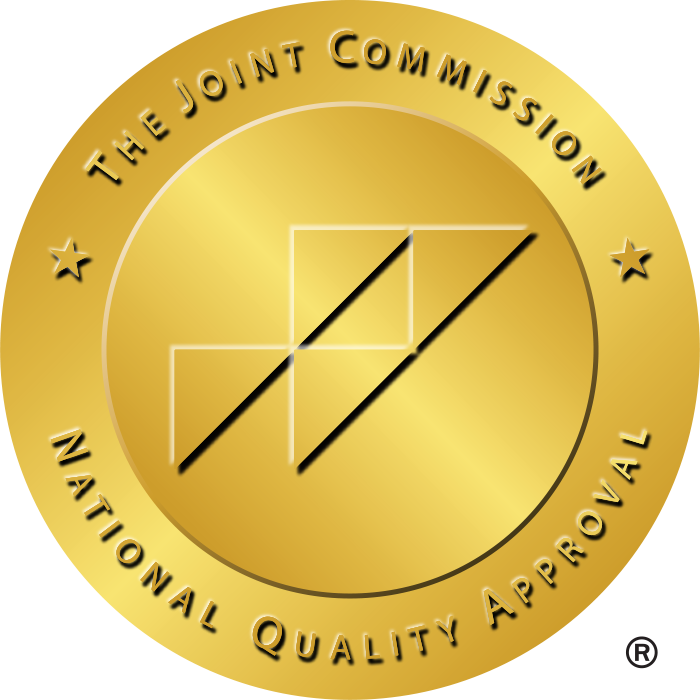As we know we are on a route of rapid progress, where every aspect of life is evolving at an unprecidented pace. Hence, from daily life to industries, everything has changed and is still developing. The medical sector is not much different in this regard. In recent years, we have seen some amazing upgrades and technical progress in the field. With this progress comes the demand for experienced and certified specialists in medical tech departments, such as diagnostic imaging. Hence, a standout resume is essential to land the best ultrasound tech job.
The market is getting very saturated and competitive for medical and allied healthcare professionals. Hence, employers prefer professionals who stand out from the crowd. But the question is, how will you distinguish yourself with just a piece of paper? Your approach matters a lot. The job market is really overcrowded, and employers get hundreds if not thousands of applications daily. Only with the right approach can you highlight your potential to become the preferred choice of employers for sonography jobs.

10 Tips for a Strong Ultrasound Tech Resume
Let’s break down the best approach to help you build a strong resume as an ultrasound tech so you can land the best ultrasound tech job.
1. Start with a Strong Summary
The summary of your resume is your first impression. You may be tired of hearing “first impression is the last impression”, but it is somewhat true. The professional summary in your resume is your elevator pitch. If you get this right, you already have a better standing than most candidates. Hence, to make your professional summary stand out, don’t use any overly complicated language.
Instead, use clear and concise language that showcases your professional standing. It should clearly state your experience, certifications, and specializations. Basically, it contains everything they need to know about you in a few sentences. You don’t need to write a story; be specific, be direct, and state everything clearly.
2. Highlight Your Education & Certifications
Licensing and certification compliance is essential for landing good sonography jobs. This is because most employers in the medical industry look for candidates who meet the compliance standards in their state. Hence, make sure all your certifications are clearly listed with complete details of your educational background. Some well-recognized credentials for ultrasound tech jobs are:
- ARDMS (American Registry for Diagnostic Medical Sonography)
- ARRT (American Registry of Radiologic Technologists)
- NCCT (National Center for Competency Testing)
You can also list NRP certification if you are looking for sonography jobs in pediatric or neonatal specializations. Another great way to stand out is cross-certified credentials, which elevates your standing for multidisciplinary roles like MRI tech jobs, surgical tech jobs, or radiology tech jobs.
3. Emphasize Your Specializations
Ultrasound tech jobs are not all the same. There are many different specializations, and employers actively look for sonographers in specific specializations. Hence, use bullet points to highlight your specializations. If you are trained for any specific roles like documentation and reporting or EHR integration or are familiar with the PACS system, emphasize that as well. Some of the highest-paying specializations are:
- Vascular sonographer
- Echo-vascular sonographer
- Cardiac sonographer
- OB/GYN sonographer
- Neurosonographer
- Pediatric ultrasound technician
These specializations not only make you stand out for specialized roles but also showcase employers that you can bring more to the table.
4. Add Quantifiable Achievements
Numbers have more impact than words when it comes to resumes. They show employers you made a remarkable difference. Hence, if possible, use numbers to highlight your proficiency such as performed xxx number of diagnostic imaging, trained x numbers of junior sonographers, or performed reports analysis with xx% accuracy. Using metrics to showcase your skills impresses recruiters significantly and also makes you stand out for ultrasound tech jobs.
5. Make Tailored Resumes
Not every job application needs to know every single detail about you. Recruiters look for specific skills for specific jobs. Hence, it is better to do some research and tailor your resume accordingly before applying. This way, you will stand out more as the recruiters see exactly what they are looking for.
For instance, if you are looking for ultrasound tech jobs near me, tailor your resume for local hospitals and diagnostic centers and research what specialties and skills they prefer. You can also visit your local facilities to know better about their requirements from existing staff.
If you want to pursue travel jobs or allied travel careers, emphasize your adaptability, cross-state licensure, and your diverse experience in different medical settings. You can also connect with a healthcare staffing agency to look for perfect jobs that align with your expertise and goals.
6. Use Keywords Strategically
With so much digital progress, almost 65% of employers now use AI to shortlist candidates. They use ATS to skim through thousands of resumes to find the top candidates. These systems use certain keywords to pick the right ones. Hence, it’s essential to use keywords carefully to ensure your resume gets picked.
Moreover, using the right keywords naturally throughout your resume enhances your visibility on online job portals and recruiting platforms. So, when the recruiters search for certain keywords, your resume will pop up, matching with their searches.
7. Soft Skills Are Just as Important
For ultrasound tech jobs, technical skills are not the only thing employers are looking for. Soft skills are as important for ultrasound tech responsibilities such as communication, teamwork, etc. These skills are especially valued in patient-centered facilities like hospitals and outpatient centers where ultrasound techs need to communicate with patients and other staff.
8. Invest in Continuing Education
Advancements happen with every blink of your eye in the medical industry. Hence, it is important to stay updated to stay ahead in your career. Outdated knowledge, even with decades of experience, counts to nothing. Hence, go for advanced certifications and new skills whenever you can. Adding new updates to your resume with up-to-date certifications makes it stronger. Go for cross-training to improve your standing for multidisciplinary roles and also complete licensing requirements for different states for better travel job opportunities.
9. Include Specific Tools & Tech You Use
The current technical progress in the medical field demands technical proficiency. Hence, mentioning the tools and technology you have used can amplify your standing. Make a section to list all the tools and software you have used. For ultrasound equipment, the most updated ones are E Logiq, Philips Epiq, and Samsung RS80A. You can mention Epic EHR and/or Cerner for documentation systems. Familiarity with DICOM image storage and transfer protocol is another plus point.
Bonus: You can also add your basic coding and tech troubleshooting experience. This way, your resume becomes stronger, especially for remote ultrasound tech jobs.
10. Don’t Forget the Extras
Extra is not always bad. Sometimes, those extracurricular activities and volunteer experiences give you the competitive edge you need to stand out. Your adaptability, empathy, and versatility are shown through these extras. Hence, add them in the bottom for some extra charm. This will make you look more well-rounded, beyond what you can do as an ultrasound tech.
Final Thoughts
A polished resume tailored to your goal is the key to successfully landing the best ultrasound tech job. With the right approach and these tips, your resume can outshine others, making you the preferred choice.
So, apply these tips to fine-tune your resume, connect with the best healthcare staffing agency, and start applying for ultrasound tech jobs. Your next job is just a scan away!







